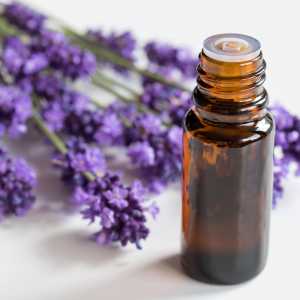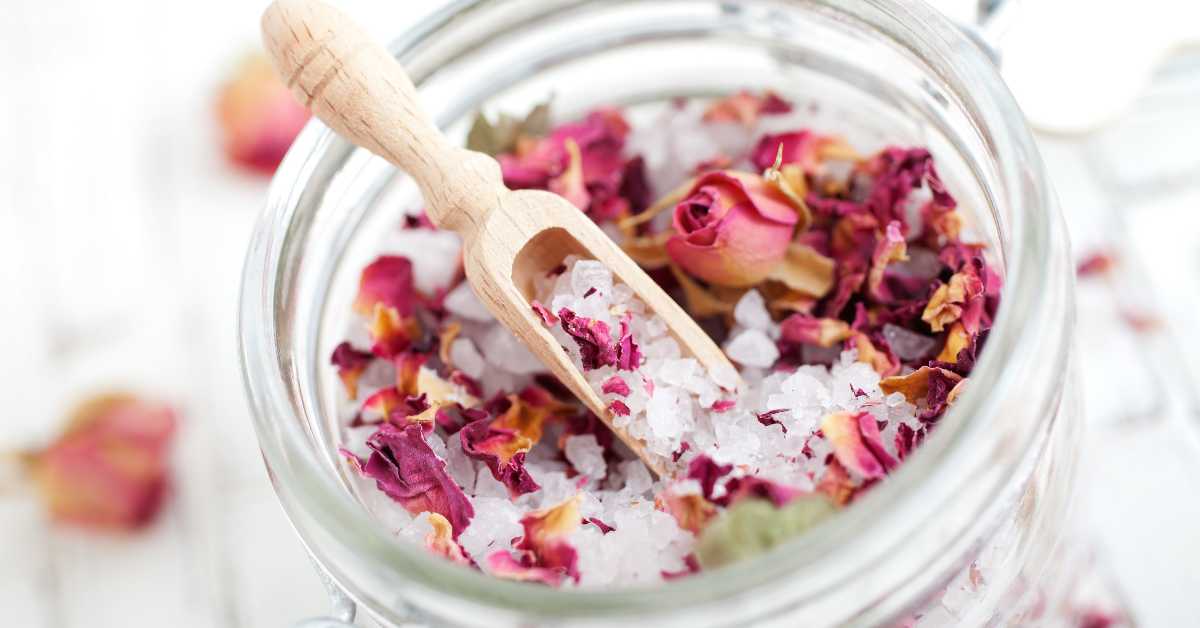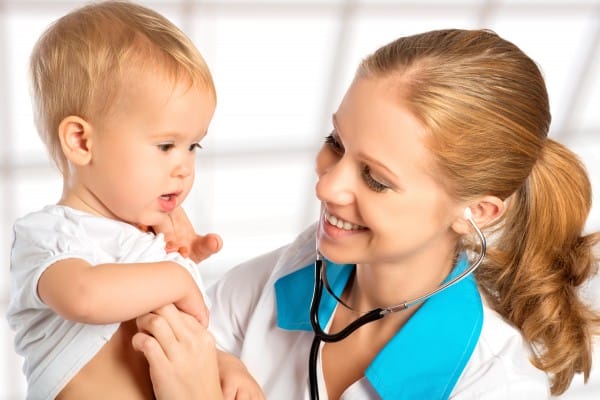Epsom salt and essential oils are both great additions to a bath, and you can tailor these additions to suit your needs or those of your family members. It is important to know how to safely use essential oils in the bath as undiluted oils can irritate the skin, lungs, or eyes. This article describes the workings and benefits of both Epsom salt and essential oils, and it shares how to safely combine them for a therapeutic bath experience.
Benefits Of Epsom Salt Baths
Epsom salt baths have been used for centuries due to their many health benefits. These salts contain magnesium and sulfate, which are both essential minerals for human health. When you soak in an Epsom salt bath, the minerals are absorbed through your skin.
Magnesium is a relaxing mineral that can help to reduce stress, anxiety, and insomnia. It is also important for muscle and nerve function, and it can help to relieve pain and inflammation. Sulfate is a detoxifying mineral that can help to remove toxins from the body. It can also help to improve circulation and reduce inflammation.
A 1917 study published in the Canadian Medical Association Journal found that Epsom salt baths could be effective in treating a variety of conditions, including muscle pain, headaches, and constipation (1). A more recent study published in 2022 in the International Journal of Molecular Sciences reported that certain minerals found in Epsom salt, including magnesium and sulfate, play key roles in skin physiological functions, such as hydration, barrier function, and wound healing (2).
Benefits Of Essential Oils
Essential oils are natural oils extracted from plants and have been used for centuries for their many health benefits.
 Essential oils are often used in aromatherapy, which is a type of complementary medicine that uses smell to improve health. They can also be applied topically to the skin or, in some cases, taken internally.
Essential oils are often used in aromatherapy, which is a type of complementary medicine that uses smell to improve health. They can also be applied topically to the skin or, in some cases, taken internally.
There is some scientific evidence to support the use of essential oils for a variety of health conditions. For example, lavender oil has been shown to reduce anxiety, promote relaxation, and improve sleep (3). Peppermint oil has been shown to relieve headaches (4). Tea tree oil has antibacterial and antifungal properties (5).
It is important to understand how to safely use essential oils. While there is a lot to discuss on this topic, in this article, we will focus on how to safely use essential oils in a bath.
How To Safely Use Essential Oils In The Bath
The beauty of using essential oils in the bath is that you get both the aromatherapy and the topical benefits of the oil. Always remember that essential oils are potent and can irritate the skin and the lungs if not used correctly. Carrier oils, such as jojoba oil, coconut oil or sweet almond oil, dilute the essential oils for safe use.
For use in the bath, first mix diluted essential oils with Epsom salt, which will allow the oil to blend with the bathwater rather than sitting on top. Then add the mixture to the bath. I include recommended amounts below.
It’s noteworthy that some oils are not considered safe for children or for use during pregnancy. Below, I list a few oils that are generally considered safe to use on children over 1 year of age and during pregnancy when diluted properly. For additional learning, I recommend the book Essential Oil Safety: A Guide for Health Care Professionals by Robert Tisserand and Rodney Young.
Remember to watch babies and children closely during an Epsom salt bath as they should not ingest bathwater mixed with essential oils and Epsom salt. Babies and children should never be left alone while bathing.
Safe Essential Oils For Children & Expecting Mothers
Roman Chamomile: 1-2 drops per ounce of carrier oil for young children; for adults, use up to 10 drops. Benefits include soothing sore tummies and restlessness.
Frankincense: 1 drop per ounce of carrier oil for young children; for adults, use up to 6 drops. Frankincense has immune boosting properties and works as a gentle expectorant.
Sandalwood: 1 drop per ounce of carrier oil for young children; for adults, use up to 6 drops. Sandalwood is soothing for the skin and has a whole body calming effect.
How To Safely Prepare An Epsom Salt Bath With Essential Oils
 Ingredients:
Ingredients:
- 1 Ounce Carrier Oil (I recommend jojoba oil, coconut oil, or sweet almond oil)
- 1-2 Drops Essential Oils (refer to my list above for kid & pregnancy safe options) or more for adults and older kids
- ½ Cup Epsom Salt
- 1 Mason Jar
Instructions:
- Pour the carrier oil into your mason jar and add the drops of essential oils. Give it a quick swirl to combine.
- Add the Epsom salt to the jar and put the lid on.
- Shake the jar vigorously for a few seconds. The goal is to fully coat the Epsom salt in your oil mixture.
- Run your bath and add your oil/salt mixture.
Always be sure to check the bathwater temperature before bathing little ones! Pregnant mamas, your bath shouldn’t be warm enough to raise your core body temperature.
After your bath: There is no need to rinse off, but you may if you wish to. If you are prone to eczema, I recommend moisturizing within 3 minutes of getting out of the tub to seal in moisture. For more info on bathing routines and eczema, see Eczema Treatment 101 – Dr. Green Mom.
Looking for more ways to nourish your body while you soak? Here is my Oatmeal Bath Routine for itchy skin, and, in this article, you’ll find my Bentonite Clay Detox Bath routine.
Summary
In my family, we all enjoy a good soak in the bath! This is the method I use when I want to incorporate essential oils in my bath, and it is the method that I recommend to my patients. Oil and water don’t mix, and undiluted oils sitting on top of the bathwater can irritate the skin, lungs, and eyes, especially if your children are big splashers!
Properly diluted Epsom salt and essential oil baths are a great way to reap the aromatherapy and topical benefits of essential oils while absorbing the essential minerals found in Epsom salt. When combined properly, they create a relaxing therapeutic bath experience.
References:
- Rudolf RD. The use of Epsom salts, historically considered. Can Med Assoc J. 1917 Dec;7(12):1069-71. PMID: 20311026; PMCID: PMC1584988.
- Haftek, M., Abdayem, R., & Guyonnet-Debersac, P. (2022). Skin Minerals: Key Roles of Inorganic Elements in Skin Physiological Functions. International journal of molecular sciences, 23(11), 6267. https://doi.org/10.3390/ijms23116267
- Karadag, E., Samancioglu, S., Ozden, D., & Bakir, E. (2017). Effects of aromatherapy on sleep quality and anxiety of patients. Nursing in critical care, 22(2), 105–112. https://doi.org/10.1111/nicc.12198
- Göbel, H., Heinze, A., Heinze-Kuhn, K., Göbel, A., & Göbel, C. (2016). Oleum menthae piperitae (Pfefferminzöl) in der Akuttherapie des Kopfschmerzes vom Spannungstyp [Peppermint oil in the acute treatment of tension-type headache]. Schmerz (Berlin, Germany), 30(3), 295–310. https://doi.org/10.1007/s00482-016-0109-6
- Li, W. R., Li, H. L., Shi, Q. S., Sun, T. L., Xie, X. B., Song, B., & Huang, X. M. (2016). The dynamics and mechanism of the antimicrobial activity of tea tree oil against bacteria and fungi. Applied microbiology and biotechnology, 100(20), 8865–8875. https://doi.org/10.1007/s00253-016-7692-4







